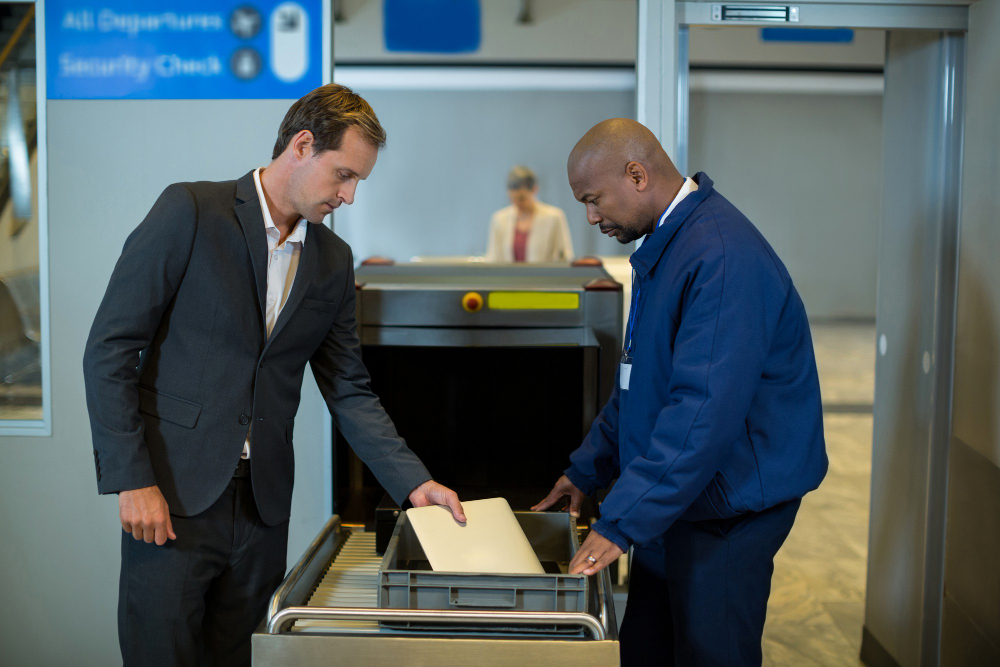For years, the United States stood as a dream destination for many travelers from Europe. Its national parks, major cities, and cultural landmarks attracted millions annually. But today, that picture is changing. More Europeans are thinking twice before booking a trip across the Atlantic. Concerns about visa problems, rising costs, stricter border rules, and a shift in how America is viewed have started to weigh heavily on travel decisions. These issues, backed by real events and changing trends, are causing a visible drop in European tourism to the U.S.
1. Fear of Detention and Visa Problems

Even with valid documents, some European travelers are being detained or turned away at U.S. airports. One high-profile case in 2025 involved a German tourist who was held in a detention center for 16 days, despite being within the terms of his visa waiver. Incidents like this create the impression that even those following the rules might face unexpected problems. Many travelers say the risk of being questioned, detained, or deported without warning is enough to reconsider visiting altogether. For some, it’s simply not worth the stress.
2. Stricter Border and Customs Screening

The entry process into the U.S. has become more invasive over time. Reports from major travel agencies in Europe describe how tourists are being asked to hand over phones, answer personal questions, and undergo long waits at customs. Many visitors now experience delays, increased baggage checks, and interviews that feel uncomfortable. While these procedures are meant to protect security, they can make travelers feel unwelcome. For Europeans used to smoother border crossings within the EU, the U.S. entry process can feel overly intense and discouraging.
3. Rising Travel Costs and Currency Pressure

The cost of traveling to the U.S. has risen sharply. A combination of inflation, high airfare, and a weaker euro against the dollar has made everything from hotel rooms to meals more expensive. In 2025, average vacation costs for European travelers increased by as much as 25 to 30 percent. Budget travelers are especially affected, often finding they can get better deals in destinations closer to home. When the value just doesn’t match the expense, many opt for less expensive vacations in Europe, Asia, or South America.
4. Political Tensions and Shifting Perceptions

Political changes in the U.S. affect how it’s viewed abroad. Some Europeans see new immigration rules, travel bans, or border crackdowns as signs that visitors are less welcome. This perception is especially strong in countries with strained diplomatic ties to the U.S. Many travelers want to feel safe and respected when they go abroad, and shifts in U.S. politics can make them hesitate. Even without personal issues at the border, the overall tone of news and policy can shape whether people feel invited or unwanted.
5. Drop in European Travel to the U.S.

The impact of these concerns is clear in the numbers. Travel from Western Europe to the United States dropped by over 4 percent in 2025 compared to the previous year. Airline bookings, group tours, and hotel reservations all showed signs of decline. Travel companies in countries like Germany, France, and the Netherlands reported lower demand. While the U.S. remains a top destination on paper, many travelers are delaying plans or choosing new spots altogether. The combination of policy, price, and public opinion is reshaping where Europeans decide to go.


